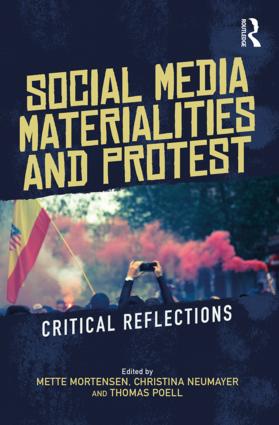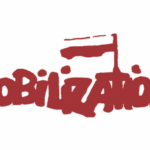Exploring the interconnections between camps and platforms, this chapter shows how a fluid conception of spatiality emerged in the Occupy Wall Street mobilizations, which had vital implications for the participation patterns of activists.

After the Occupy Wall Street mobilizations in the USA and other countries across the world, many scholars emphasized the importance of protest camps and social media platforms for these protests. However, what has not been systematically explored is how the two are intertwined. Exploring the interconnections between camps and platforms, this chapter shows how a fluid conception of spatiality emerged in the Occupy Wall Street mobilizations, which had vital implications for the participation patterns of activists. The chapter uses offline and online ethnographic data obtained through participant observation of Occupy Pittsburgh to reflect on three aspects. First, it reconstructs the spatial layers that characterize the infrastructure of participation in Occupy Pittsburgh. Then, it analyzes the sanctioned modes of participation. Finally, it discusses the challenges faced by activists when one spatial layer of mobilization collided with participation at another layer. Beyond producing contextual knowledge on Occupy Pittsburgh, the chapter contributes to the current debate on how social media and other digital tools for communication are shaping the spatial dimension of contemporary activism.
Mattoni, A. (2018). I post, you rally, she tweets… and we all occupy: The challenges of hybrid spatiality in the Occupy Wall Street mobilizations. In M. Mortensen, C. Neumayer, & T. Poell (Eds.), Social Media Materialities and Protest: Critical Reflection28/10/2025

14/10/2025

Journal Article - 2025
Journal Article - 2023
Journal Article - 2023
Journal Article - 2023
Journal Article - 2023
Monograph - 2023
Monograph - 2022
Monograph - 2022
Journal Article - 2021
Journal Article - 2021